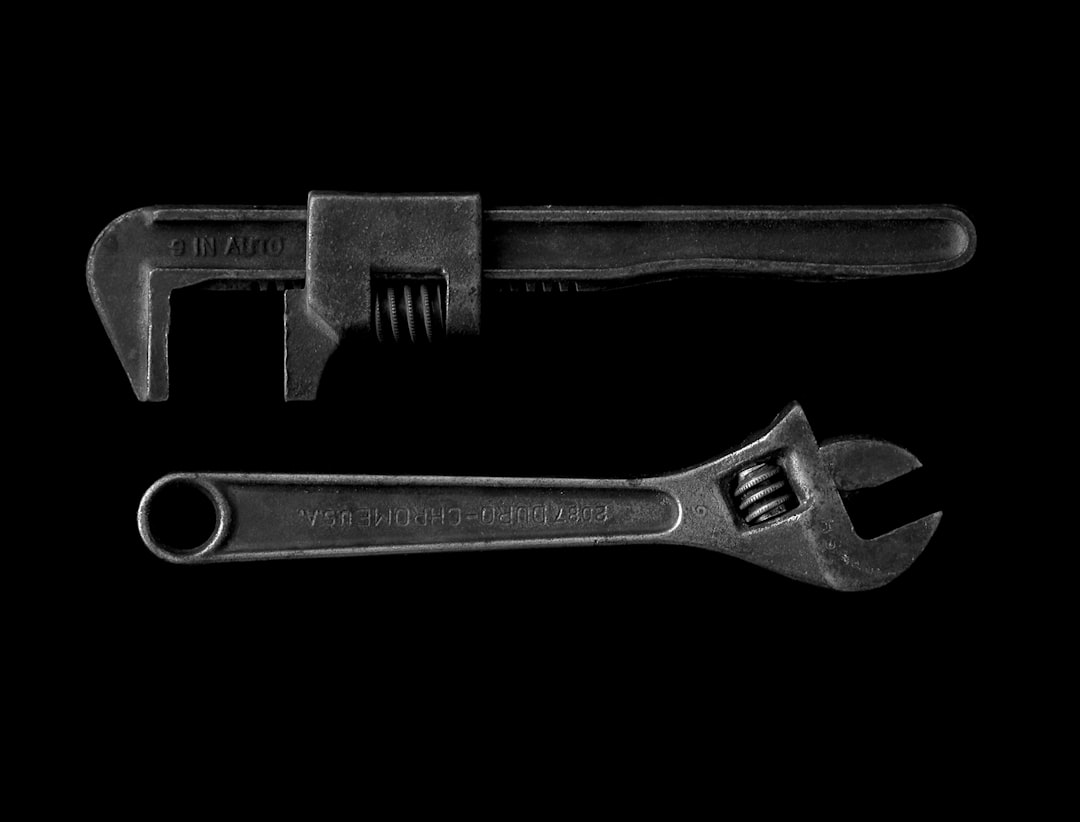Images are an essential part of any website, and WordPress is no exception. However, large images can slow down your website’s loading speed, which can negatively impact user experience and SEO. That’s where resizing images comes in.
In this step-by-step guide, we’ll walk you through the process of resizing WordPress images, including why it’s important, how to do it, and the best tools for image compression.
Why Resize WordPress Images?
Improve Website Loading Speed
by USGS (https://unsplash.com/@usgs)
One of the main reasons to resize WordPress images is to improve your website’s loading speed. Large images can take up a lot of space and require more time to load, which can lead to a slow website. This can be frustrating for users and can also negatively impact your search engine rankings.
By resizing your images, you can reduce their file size and improve your website’s loading speed, making for a better user experience and better SEO.
Save Storage Space
Another reason to resize WordPress images is to save storage space. If you have a lot of large images on your website, they can quickly take up a significant amount of storage space. This can be an issue if you have a limited amount of storage available on your hosting plan.
By resizing your images, you can reduce their file size and save storage space, allowing you to upload more images without having to upgrade your hosting plan.
Optimize for Different Devices
With the rise of mobile devices, it’s essential to optimize your website for different screen sizes. Large images that look great on a desktop may not look as good on a mobile device, and they can also slow down your website’s loading speed on mobile.
By resizing your images, you can optimize them for different devices, ensuring that your website looks great and loads quickly on all devices.
How to Resize WordPress Images
Now that you know why resizing WordPress images is important, let’s dive into how to do it.
Step 1: Choose the Right Image Editing Software
by USGS (https://unsplash.com/@usgs)
The first step to resizing WordPress images is to choose the right image editing software. There are many options available, both free and paid, such as Adobe Photoshop, GIMP, and Canva.
When choosing image editing software, consider your budget, skill level, and the features you need. For basic resizing, a free tool like Canva may be sufficient, but for more advanced editing, you may need a paid tool like Adobe Photoshop.
Step 2: Determine the Optimal Image Size
Before resizing your images, it’s essential to determine the optimal image size for your website. This will depend on your website’s design and layout, as well as the devices you want to optimize for.
For example, if your website has a fixed width of 1200 pixels, you may want to resize your images to a maximum width of 1000 pixels to allow room for margins and padding.
Step 3: Resize the Image
Once you have chosen your image editing software and determined the optimal image size, it’s time to resize your image. The exact steps will vary depending on the software you are using, but the general process is as follows:
- Open the image in your chosen software.
- Go to the “Image” or “Resize” menu.
- Enter the desired dimensions for your image.
- Save the resized image.
Step 4: Compress the Image
by Matt Artz (https://unsplash.com/@mattartz)
After resizing your image, it’s essential to compress it to reduce its file size further. This will help improve your website’s loading speed and save storage space.
There are many image compression tools available, both online and as plugins for WordPress. Some popular options include TinyPNG, Imagify, and Smush.
To compress your image, simply upload it to the compression tool of your choice and follow the instructions to compress it. Once compressed, download the image and replace the original image on your website with the compressed version.
Best Tools for Image Compression
As mentioned earlier, there are many tools available for image compression. Here are some of the best options to consider:
TinyPNG
TinyPNG is a popular online image compression tool that uses smart lossy compression techniques to reduce the file size of your images without sacrificing quality. It also has a WordPress plugin for easy integration with your website.
Imagify
Imagify is another popular image compression tool that offers both lossy and lossless compression options. It also has a WordPress plugin and offers a free plan for up to 25MB of images per month.
Smush
Smush is a WordPress plugin that automatically compresses images as you upload them to your website. It also has a bulk optimization feature for compressing existing images on your website.
Tips for Resizing WordPress Images
Here are some additional tips to keep in mind when resizing WordPress images:
Use the Right File Format
When saving your resized images, make sure to use the right file format. For photographs, JPEG is usually the best option, while PNG is better for images with transparent backgrounds or text.
Use the Right Compression Level
When compressing your images, make sure to use the right compression level. Too much compression can result in a loss of image quality, while too little compression may not have a significant impact on file size.
Test Your Website’s Loading Speed
After resizing and compressing your images, it’s essential to test your website’s loading speed to see the impact. You can use tools like Google PageSpeed Insights or GTmetrix to test your website’s speed and get suggestions for further optimization.
Conclusion
Resizing WordPress images is an essential step in optimizing your website’s loading speed and improving user experience. By following the steps outlined in this guide and using the right tools, you can easily resize and compress your images for a faster, more efficient website.
Remember to always test your website’s loading speed after making changes to ensure that your efforts are paying off. With these tips and tools, you can ensure that your website’s images are optimized for the best possible performance.



